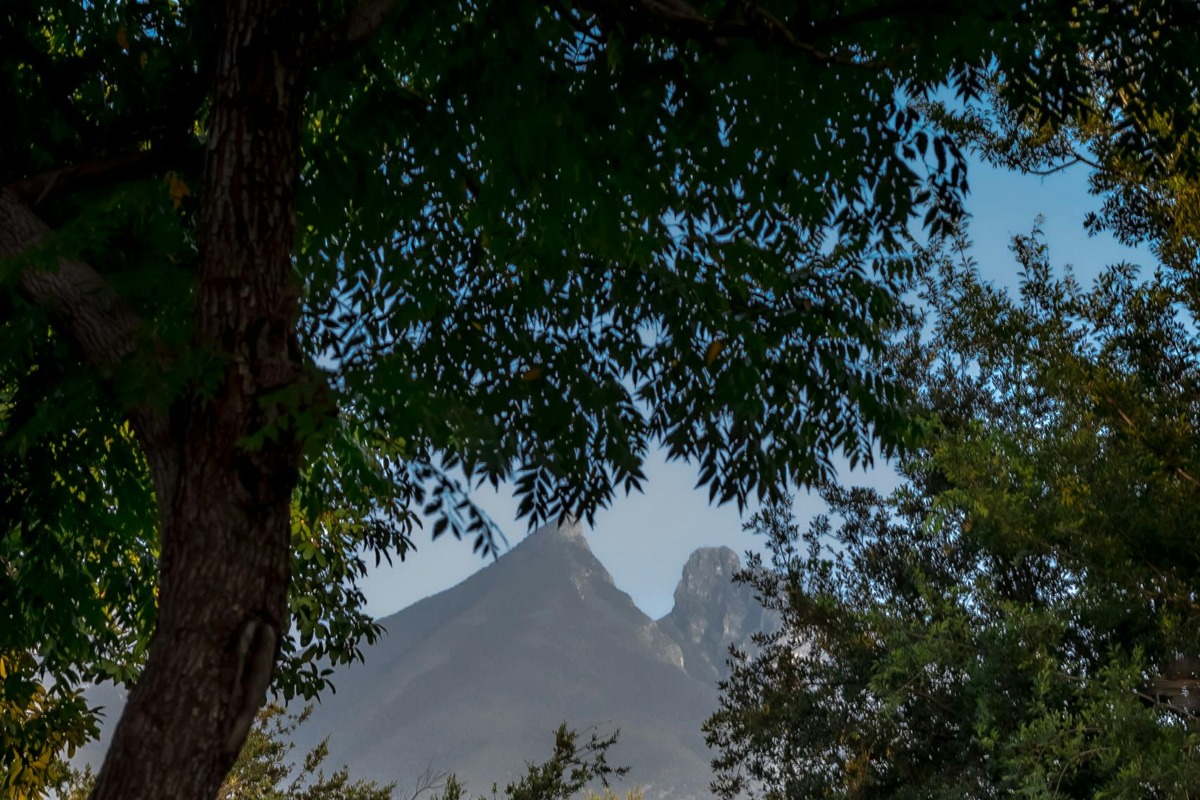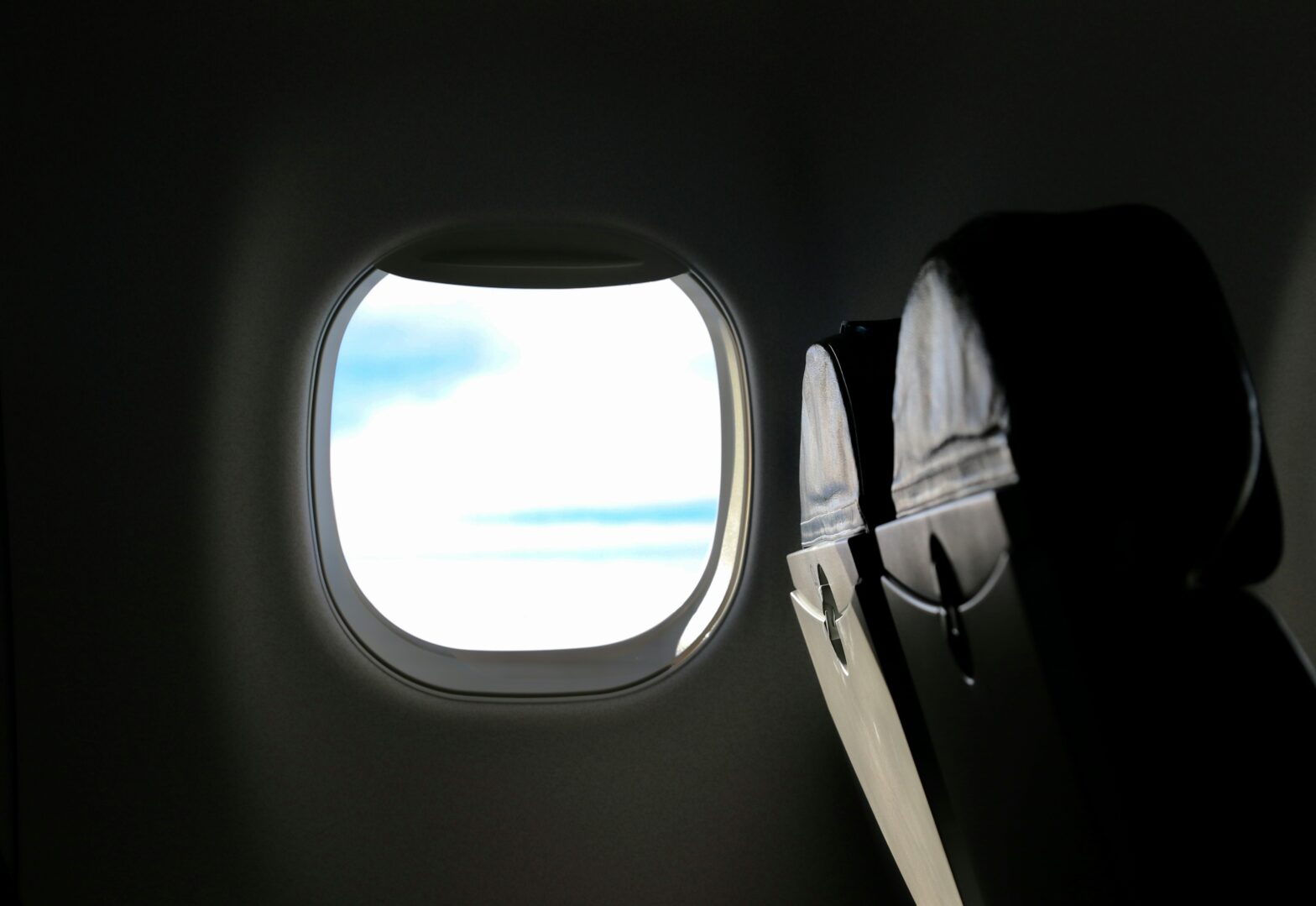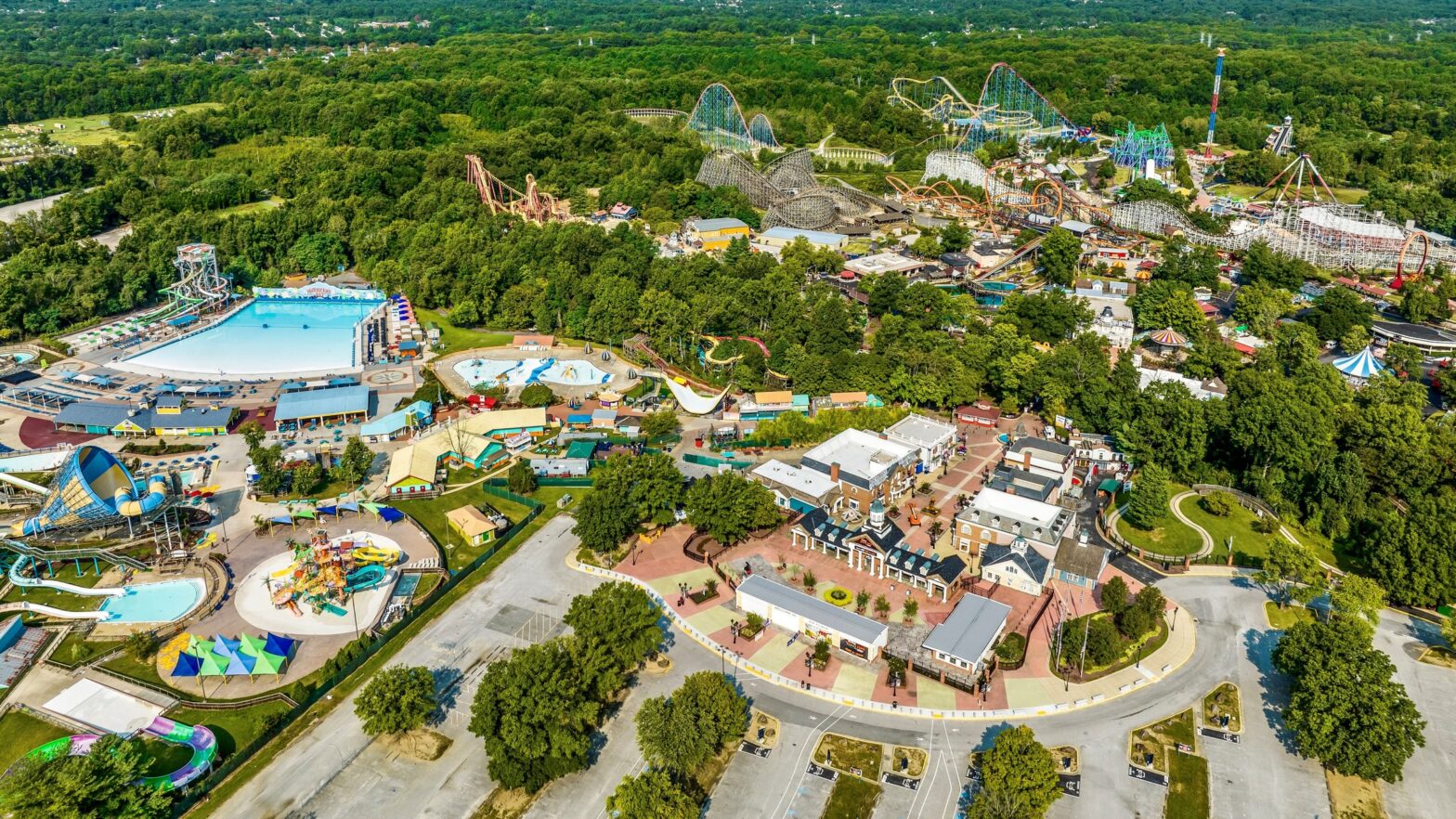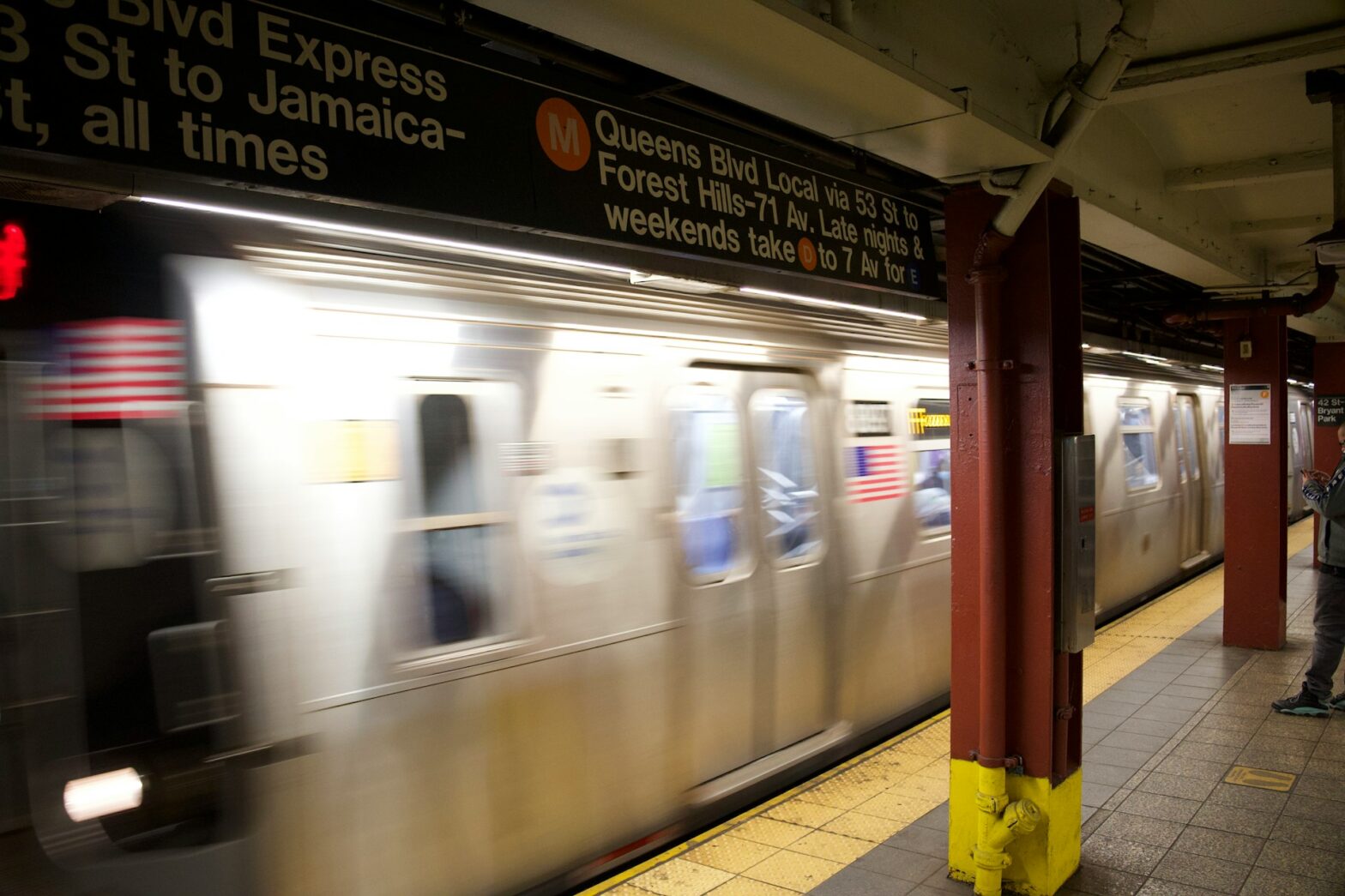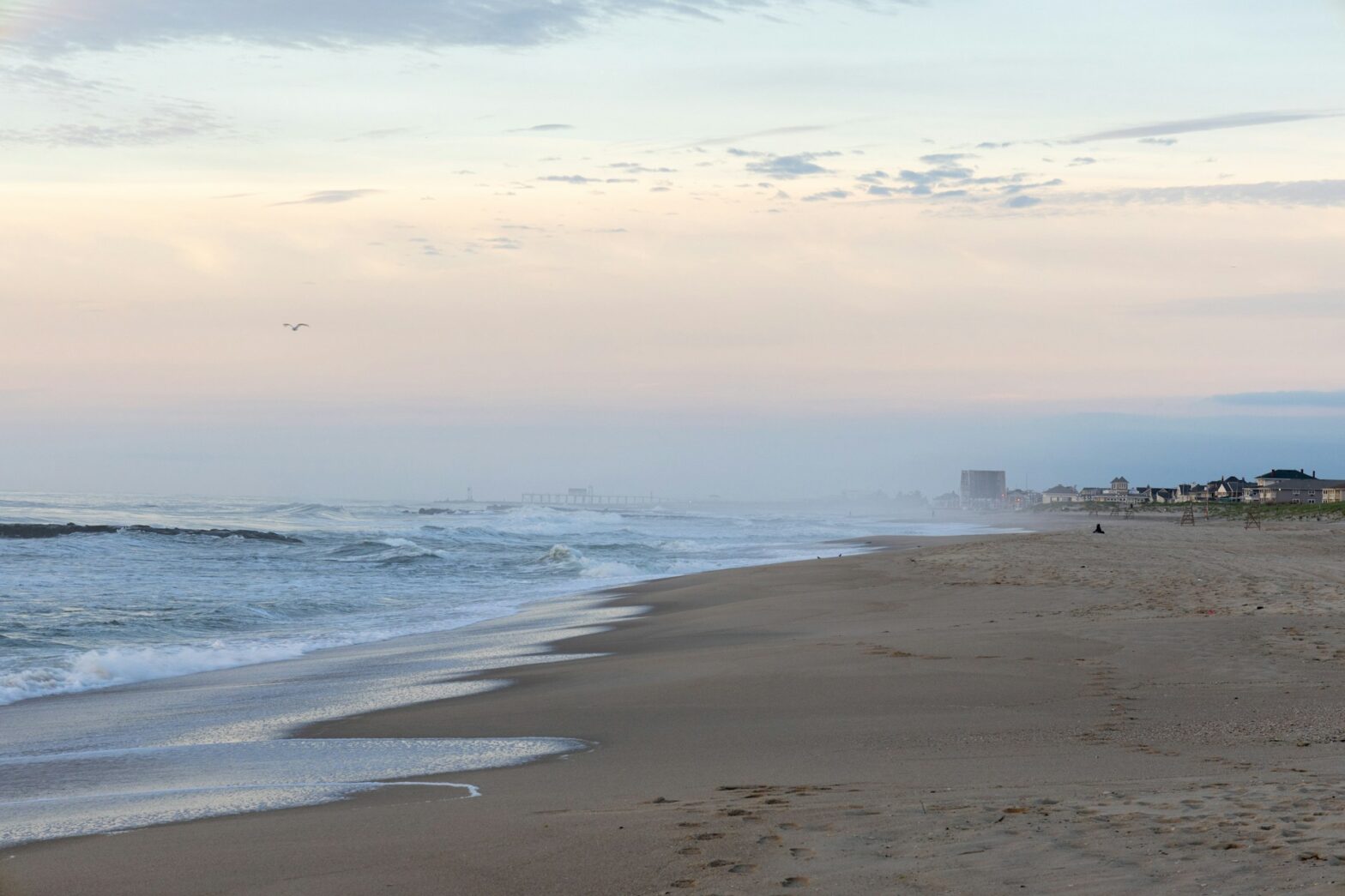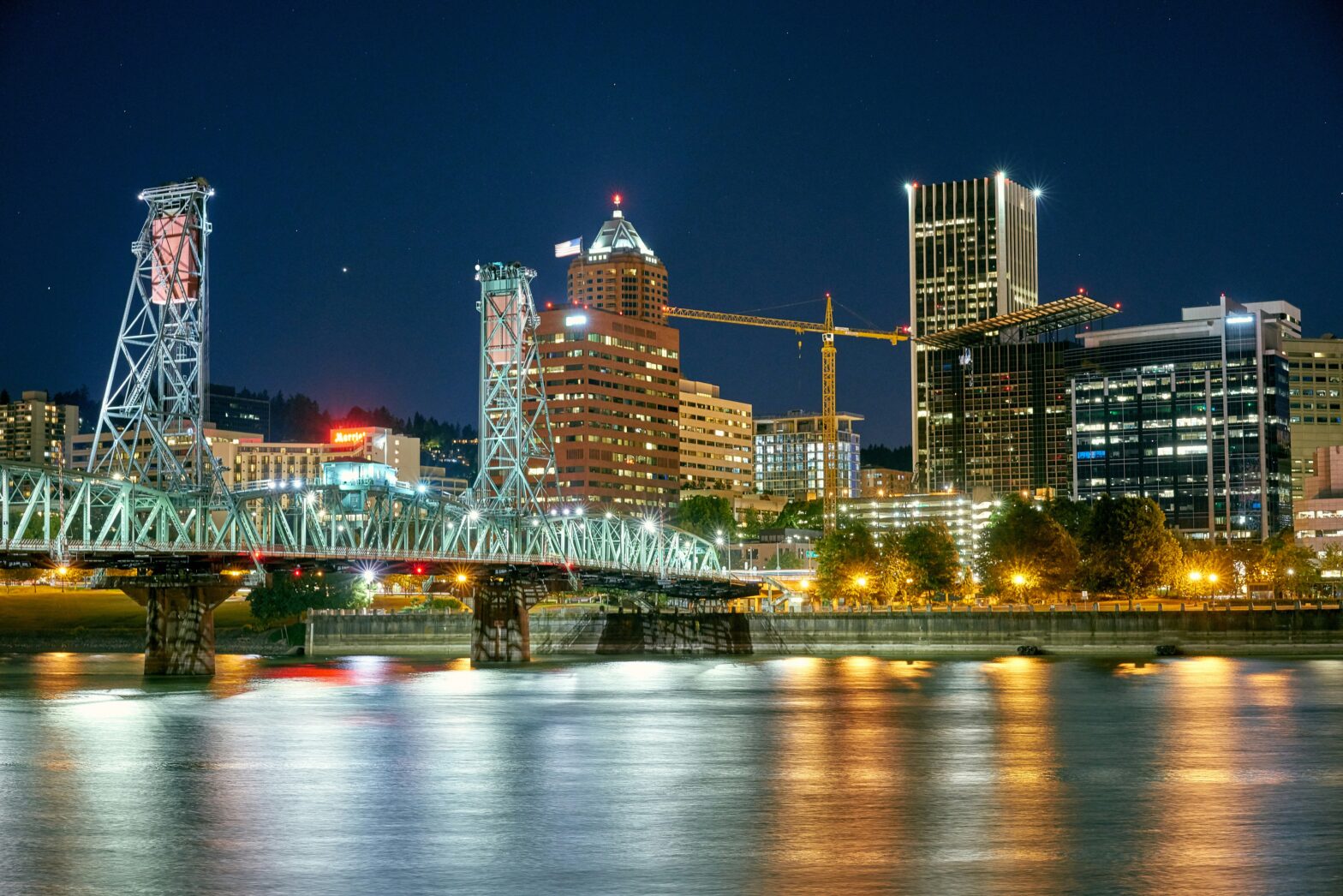Viewers of the Harris-Trump 2024 presidential debate on Tuesday, June 27, were left scratching their heads over many remarks. One example is when, during a heated exchange, Vice President Kamala Harris criticized former President Donald Trump for his 2019 decision to invite Taliban leaders to Camp David for peace negotiations.
The vice president argued that this move was irresponsible and undermined America’s regional position. “Your willingness to meet with Taliban leaders at Camp David sent the wrong message to our allies and enemies alike,” Harris asserted. She continued by emphasizing the historical and strategic importance of Camp David, which piqued the interest of many viewers even more.
So, What Is Camp David?
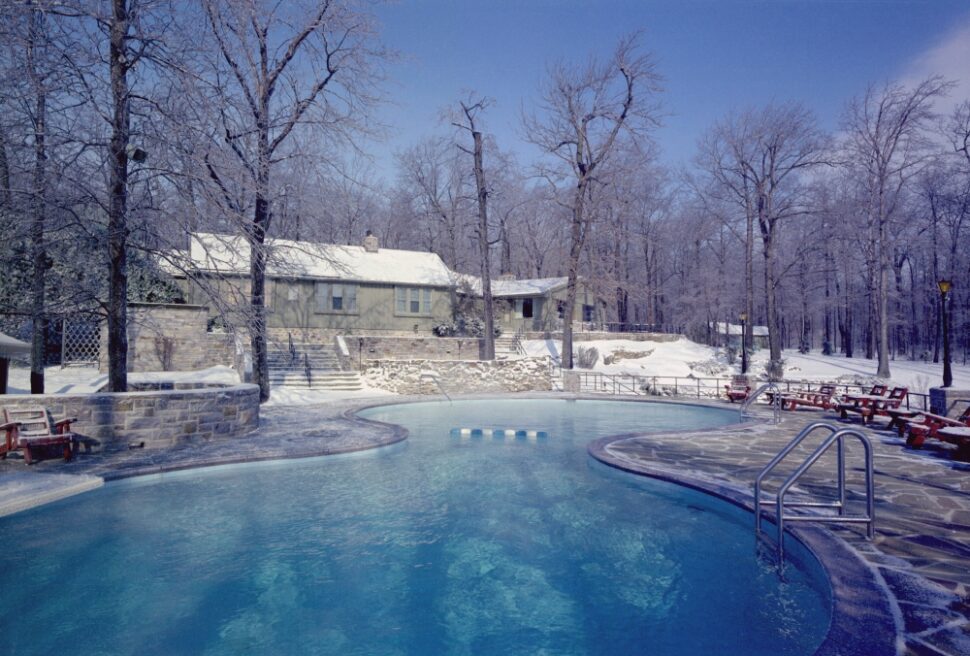
Situated in Catoctin Mountain Park in Maryland, Camp David is a silent witness to some of the most pivotal moments in American history. This secluded retreat is officially known as the Naval Support Facility Thurmont. It has been the stage for high-stakes negotiations, moments of crisis, and periods of respite for U.S. Presidents since the 1940s.
The story of Camp David begins with a humble origin. Originally constructed as a camp for federal government agents and their families in the 1930s, President Franklin D. Roosevelt (FDR) first saw this woodland sanctuary’s potential.
FDR christened it “Shangri-La,” inspired by the fictional Himalayan utopia from James Hilton’s novel Lost Horizon. The name evoked a sense of peace and seclusion — qualities that would define the retreat’s role in American politics. However, it was President Dwight D. Eisenhower who gave Camp David its current name in 1953, honoring his grandson David. This simple act of familial affection transformed the place into a household name. From this point, it became synonymous with high-level diplomacy and presidential downtime.
Over the decades, Camp David has hosted a parade of world leaders and been the backdrop for historic negotiations. Perhaps its most famous moment came in 1978 when President Jimmy Carter brokered the Camp David Accords between Israeli Prime Minister Menachem Begin and Egyptian President Anwar Sadat. For 13 intense days, these leaders engaged in marathon negotiations that would ultimately lead to a peace treaty between Israel and Egypt, forever changing the landscape of Middle Eastern politics.
The Unseen Fortress
While its role in international diplomacy is well-documented, Camp David serves an equally important function as a presidential sanctuary. Away from the prying eyes of the media and the constant bustle of Washington, D.C., presidents have found solace in its rustic charm and beauty.
Camp David boasts a movie theater, bowling alley, and a skeet shooting range alongside cozy cabins and scenic hiking trails. These amenities serve not only as presidential relaxation but also as tools of diplomacy, offering informal settings for leaders to bond and break the ice during tense negotiations.
The Camp David controversy highlighted the ongoing debate over the appropriate use of the historic retreat for diplomacy. While previous administrations have used the venue for peace talks and negotiations, Trump’s invitation to the Taliban in 2019 was seen by many as a step too far, given the group’s history of violence and opposition to U.S. interests.
Do Presidents Still Use Camp David?
Yes, Camp David remains an active presidential retreat. While some presidents have used it more than others, it continues to serve as a secure and private getaway for official and personal retreats.
President Joe Biden visited Camp David multiple times during his presidency, using it for meetings, policy discussions, and family time. Former President Barack Obama also used the retreat, as did George W. Bush, Bill Clinton, and Ronald Reagan. However, some modern presidents – such as Donald Trump – preferred his own private properties, like Mar-a-Lago, for weekend getaways. Still, Trump did use Camp David occasionally, including for military meetings and international talks.
Can The Vice President Use Camp David?
Yes, the vice president can use Camp David, though it is primarily designated for the president. Detailed information about vice presidents’ independent use of the retreat is limited. The decision typically depends on the sitting president’s preference.
While the president has exclusive access, the vice president can be invited to use the facility for official or personal reasons at the president’s discretion. Historical instances indicate that vice presidents, such as Dick Cheney and Mike Pence, have attended meetings and strategic discussions at Camp David alongside the president.
More than a retreat, Camp David is a symbol of American diplomacy, power, and presidential leadership. Used for peace treaties, wartime strategy meetings, and relaxation, it remains one of the most significant and secretive locations in the U.S. presidency. With its long history of hosting historic negotiations and world leaders, Camp David will likely continue to be a key setting in political history, no matter who occupies the White House.
